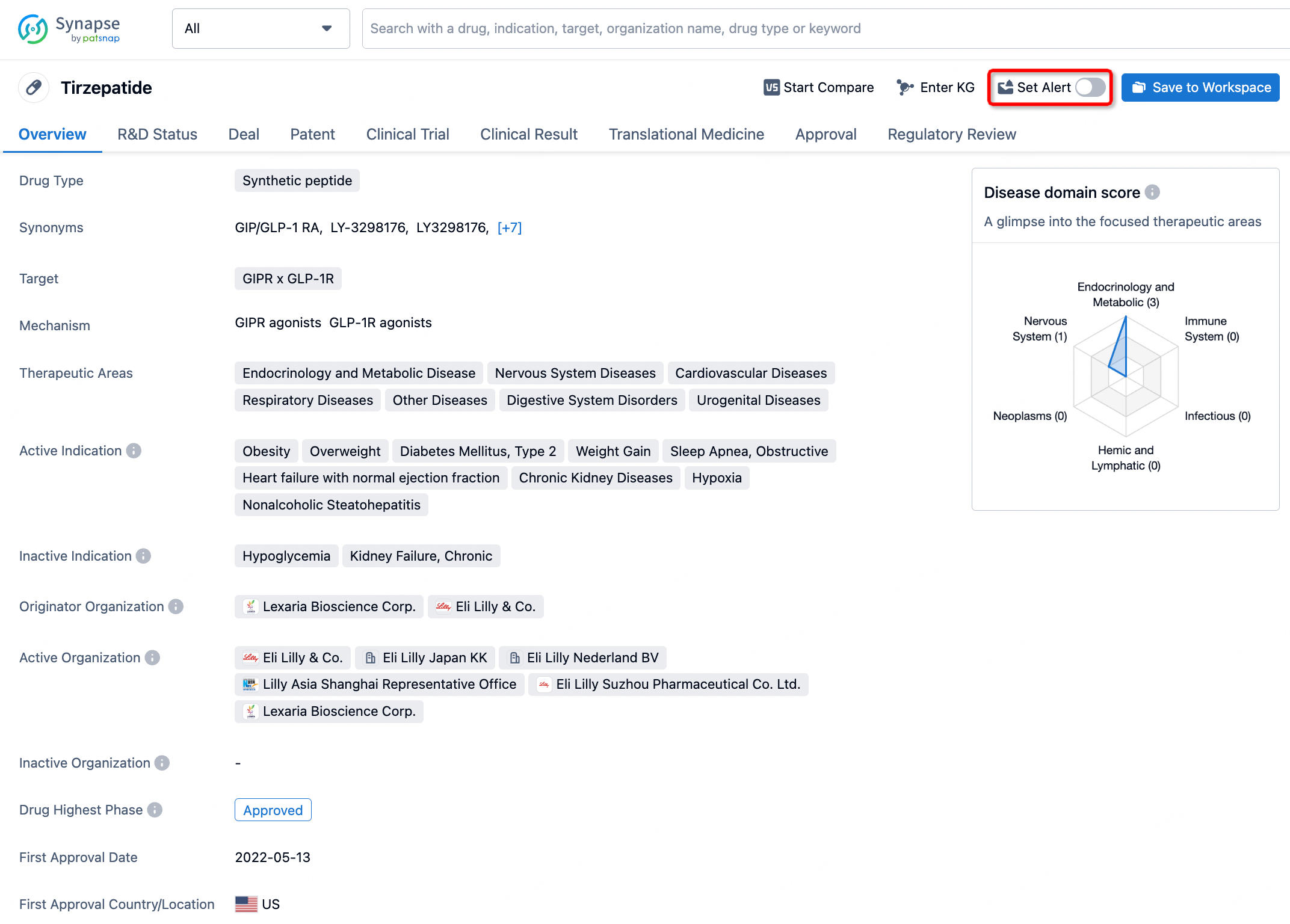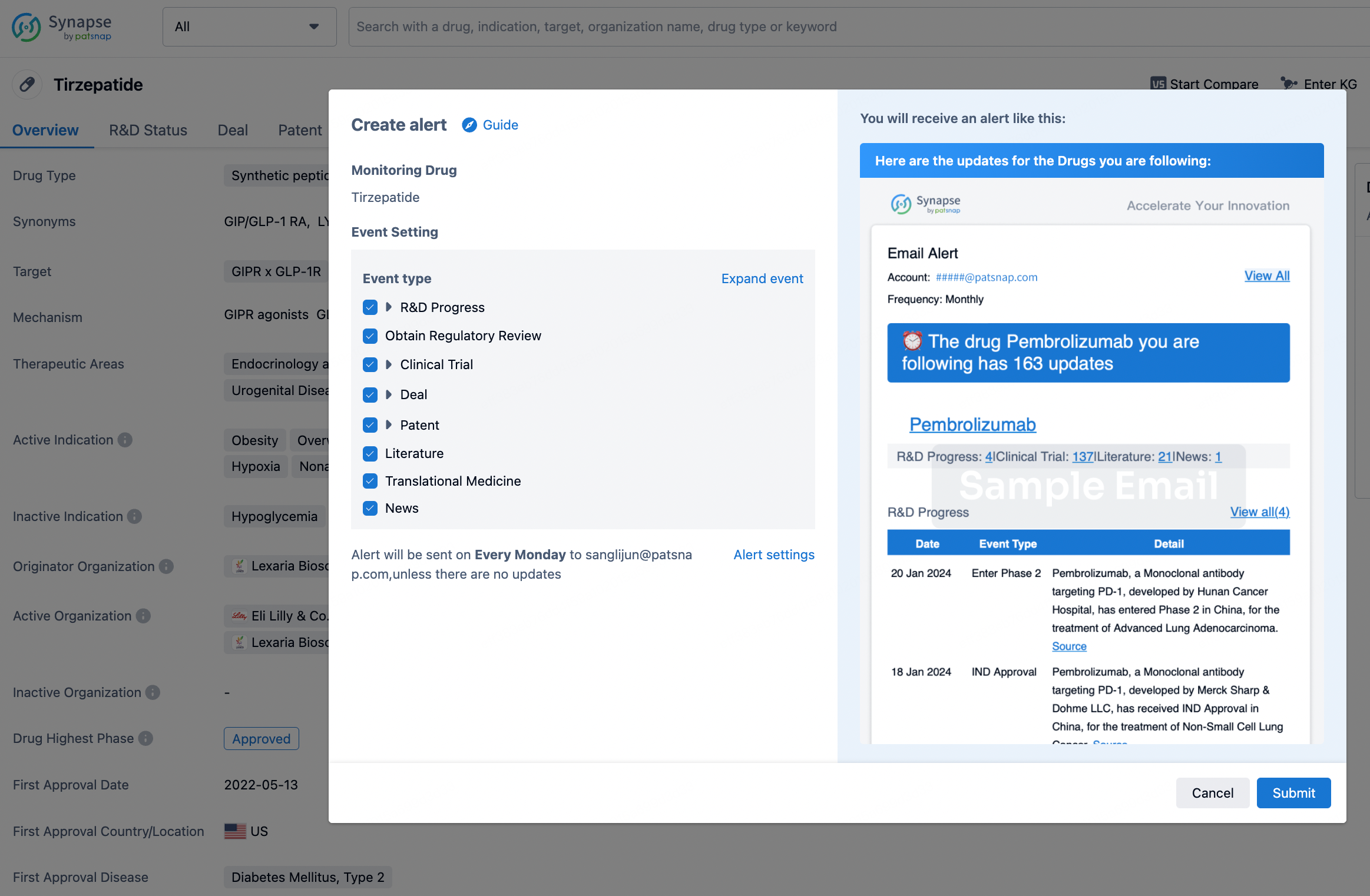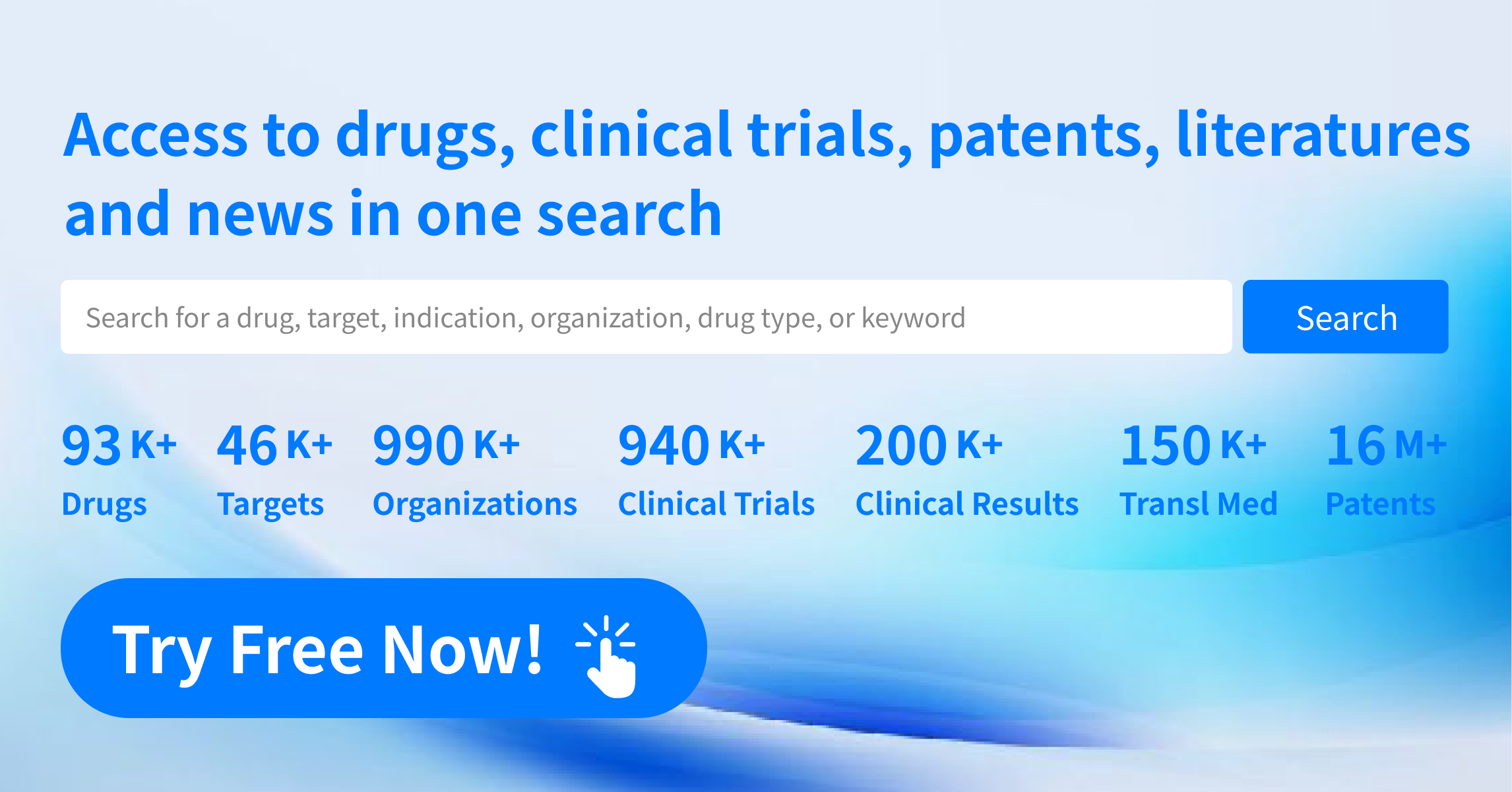Request Demo
What is Efruxifermin used for?
5 July 2024
In recent years, the field of biotechnology and pharmaceutical research has made substantial strides in developing treatments for chronic liver diseases. One of the promising candidates in this arena is Efruxifermin, a novel therapeutic agent currently under investigation. Efruxifermin, also known as AKR-001, is being researched primarily for its potential to treat non-alcoholic steatohepatitis (NASH), a severe form of non-alcoholic fatty liver disease (NAFLD). The drug is being developed by Akero Therapeutics, a clinical-stage biotechnology company dedicated to transforming the treatment of metabolic diseases. As an engineered analog of the natural hormone fibroblast growth factor 21 (FGF21), Efruxifermin stands out by targeting liver inflammation, fibrosis, and metabolic dysregulation, key components in the progression of NASH.
Non-alcoholic steatohepatitis is a critical health issue characterized by fat accumulation, inflammation, and damage in the liver, which can lead to fibrosis, cirrhosis, and even liver cancer. With NASH affecting millions worldwide and currently no FDA-approved treatments available, the development of Efruxifermin is being closely monitored by the medical community. Clinical trials have shown promising results, with Efruxifermin demonstrating significant improvements in liver health indicators. The drug is in advanced stages of clinical testing, and researchers are optimistic about its potential to become a groundbreaking treatment for NASH.
Efruxifermin’s mechanism of action is rooted in its design as an FGF21 analog. FGF21 is a metabolic hormone that plays a crucial role in regulating glucose and lipid metabolism, as well as energy homeostasis. Efruxifermin mimics the natural activity of FGF21 but is engineered to be more stable and longer-lasting in the human body, enhancing its therapeutic potential. By binding to specific receptors known as FGFR1c and co-receptor β-Klotho, Efruxifermin activates a signaling pathway that leads to several beneficial effects in the liver and other tissues.
One of the primary actions of Efruxifermin is the reduction of hepatocellular steatosis, which is the accumulation of fat within liver cells. This is achieved through enhanced lipid oxidation and decreased lipogenesis, thereby lowering the liver's fat content. Additionally, Efruxifermin has been shown to reduce liver inflammation and fibrosis. It accomplishes this by modulating the activity of inflammatory cytokines and decreasing the activation of hepatic stellate cells, which are key players in the development of fibrosis. Furthermore, Efruxifermin improves insulin sensitivity and has positive effects on lipid profiles, which are critical factors in managing metabolic syndrome, often associated with NASH.
The primary indication of Efruxifermin is for the treatment of non-alcoholic steatohepatitis (NASH). NASH is a progressive liver disease that can lead to severe complications if left untreated. Unlike simple fatty liver (steatosis), NASH involves inflammation and liver cell damage, which can progress to fibrosis, cirrhosis, and liver cancer. Patients with NASH are also at increased risk for cardiovascular diseases. The current standard of care for NASH focuses on lifestyle interventions such as diet and exercise, as there are no approved pharmacological treatments specifically for this condition. This is where Efruxifermin could fill an urgent unmet need.
The drug’s development has generated significant interest due to its multifaceted benefits in tackling the core issues of NASH. Clinical trials, including phase 2 studies, have shown that Efruxifermin can significantly reduce liver fat content, improve liver histology, and reverse fibrosis. Patients treated with Efruxifermin have also exhibited improved markers of liver function and overall metabolic health. These findings are promising and suggest that Efruxifermin could become a cornerstone therapy for NASH, pending further successful clinical trials and regulatory approval.
In summary, Efruxifermin represents a potential breakthrough in the treatment of non-alcoholic steatohepatitis, a condition with significant morbidity and mortality. By mimicking and enhancing the activity of the natural hormone FGF21, Efruxifermin addresses the key pathological mechanisms of NASH, including fat accumulation, inflammation, and fibrosis. As research progresses, the medical community remains hopeful that Efruxifermin will soon provide an effective and targeted therapy for patients suffering from this debilitating liver disease.
Non-alcoholic steatohepatitis is a critical health issue characterized by fat accumulation, inflammation, and damage in the liver, which can lead to fibrosis, cirrhosis, and even liver cancer. With NASH affecting millions worldwide and currently no FDA-approved treatments available, the development of Efruxifermin is being closely monitored by the medical community. Clinical trials have shown promising results, with Efruxifermin demonstrating significant improvements in liver health indicators. The drug is in advanced stages of clinical testing, and researchers are optimistic about its potential to become a groundbreaking treatment for NASH.
Efruxifermin’s mechanism of action is rooted in its design as an FGF21 analog. FGF21 is a metabolic hormone that plays a crucial role in regulating glucose and lipid metabolism, as well as energy homeostasis. Efruxifermin mimics the natural activity of FGF21 but is engineered to be more stable and longer-lasting in the human body, enhancing its therapeutic potential. By binding to specific receptors known as FGFR1c and co-receptor β-Klotho, Efruxifermin activates a signaling pathway that leads to several beneficial effects in the liver and other tissues.
One of the primary actions of Efruxifermin is the reduction of hepatocellular steatosis, which is the accumulation of fat within liver cells. This is achieved through enhanced lipid oxidation and decreased lipogenesis, thereby lowering the liver's fat content. Additionally, Efruxifermin has been shown to reduce liver inflammation and fibrosis. It accomplishes this by modulating the activity of inflammatory cytokines and decreasing the activation of hepatic stellate cells, which are key players in the development of fibrosis. Furthermore, Efruxifermin improves insulin sensitivity and has positive effects on lipid profiles, which are critical factors in managing metabolic syndrome, often associated with NASH.
The primary indication of Efruxifermin is for the treatment of non-alcoholic steatohepatitis (NASH). NASH is a progressive liver disease that can lead to severe complications if left untreated. Unlike simple fatty liver (steatosis), NASH involves inflammation and liver cell damage, which can progress to fibrosis, cirrhosis, and liver cancer. Patients with NASH are also at increased risk for cardiovascular diseases. The current standard of care for NASH focuses on lifestyle interventions such as diet and exercise, as there are no approved pharmacological treatments specifically for this condition. This is where Efruxifermin could fill an urgent unmet need.
The drug’s development has generated significant interest due to its multifaceted benefits in tackling the core issues of NASH. Clinical trials, including phase 2 studies, have shown that Efruxifermin can significantly reduce liver fat content, improve liver histology, and reverse fibrosis. Patients treated with Efruxifermin have also exhibited improved markers of liver function and overall metabolic health. These findings are promising and suggest that Efruxifermin could become a cornerstone therapy for NASH, pending further successful clinical trials and regulatory approval.
In summary, Efruxifermin represents a potential breakthrough in the treatment of non-alcoholic steatohepatitis, a condition with significant morbidity and mortality. By mimicking and enhancing the activity of the natural hormone FGF21, Efruxifermin addresses the key pathological mechanisms of NASH, including fat accumulation, inflammation, and fibrosis. As research progresses, the medical community remains hopeful that Efruxifermin will soon provide an effective and targeted therapy for patients suffering from this debilitating liver disease.
How to obtain the latest development progress of all drugs?
In the Synapse database, you can stay updated on the latest research and development advances of all drugs. This service is accessible anytime and anywhere, with updates available daily or weekly. Use the "Set Alert" function to stay informed. Click on the image below to embark on a brand new journey of drug discovery!
Get started for free today!
Accelerate Strategic R&D decision making with Synapse, PatSnap’s AI-powered Connected Innovation Intelligence Platform Built for Life Sciences Professionals.
Start your data trial now!
Synapse data is also accessible to external entities via APIs or data packages. Empower better decisions with the latest in pharmaceutical intelligence.


